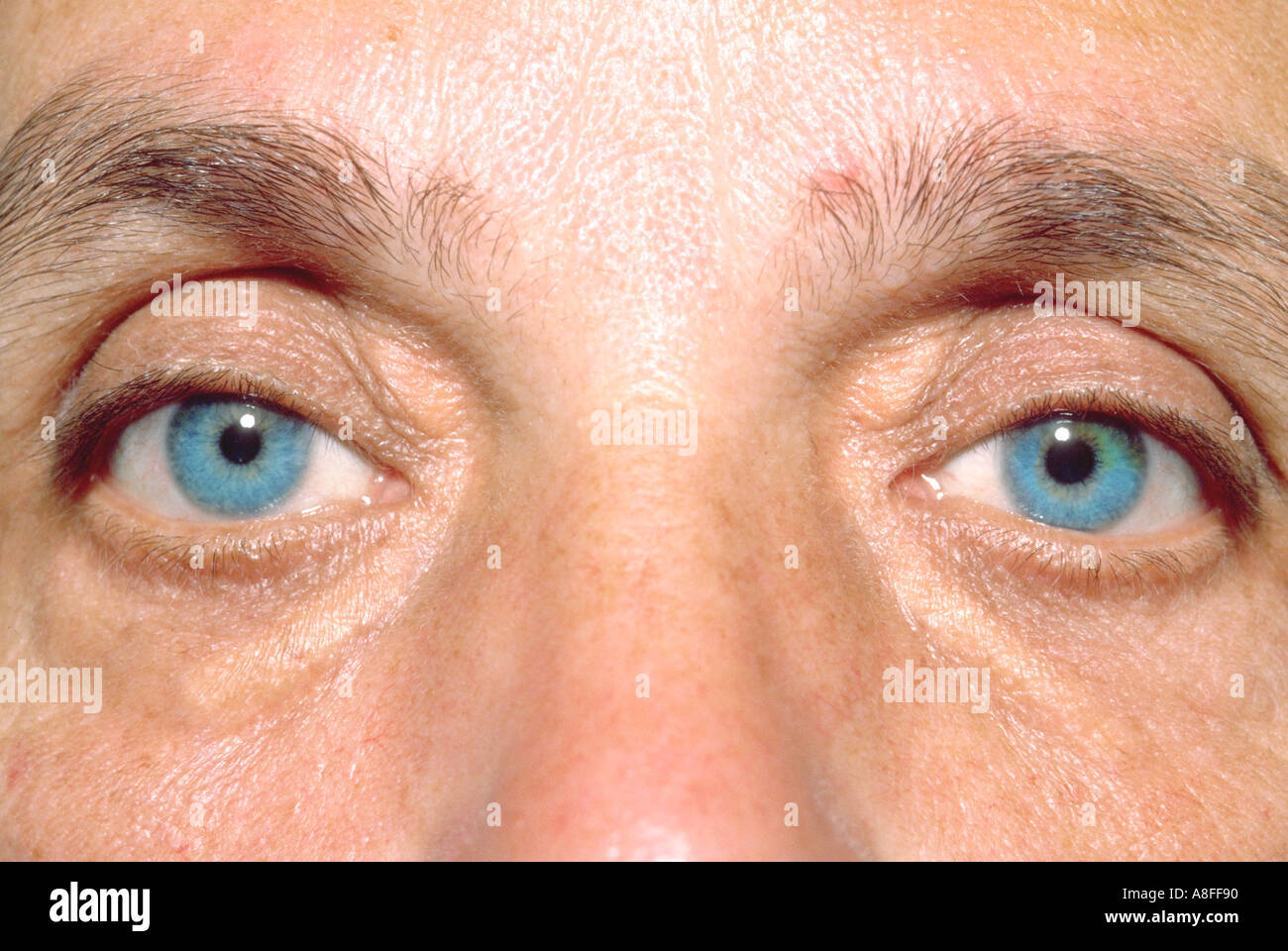
Of the cases reviewed, 15 of these were male and 5 were female. Their clinical characteristics were then tabulated in order to bring out their commonality ( Table 1). A total of 95 cases were collected from these reports, but their perusal disclosed only 20 cases that provided a minimum of clinical data that justified their inclusion on this study. It yielded 10 reports conforming to our definition of “ Dynamic oval pupil” ( 7– 16). Materials and MethodsĪ careful search of the literature for the headings of “ midbrain corectopia,” “pupillary ectopia,” and “ oval pupil”' was carried out. It is in that setting that the detection of a dynamic oval pupil finds its significance. Nevertheless, in certain clinical situations, where the neurological status of the patient is unstable, intensive clinical neuromonitoring remains indispensable, because current imaging technology cannot provide the required minute-to-minute assessment, it is expensive and it is not always available. Since the 1970's, with the advent of computed tomography (CT) and later followed by magnetic resonance imaging (MRI), a significant decline in the interest and in the time devoted to a detailed neurological examination has become unfortunately evident in daily practice. This type of dynamic oval pupil has been considered a transitional state preceding the mydriatic and fixed pupil of a full-blown transtentorial herniation ( 8), and consequently, when detected, should raise the alert of the clinician to act on an urgent basis. What is understood as an oval pupil in the neurological arena, usually presents itself in the midst of a severe neurological event causing midbrain-tectal dysfunction ( 7, 8) and it is a dynamic alteration of the round shape of the pupil that can occur intermittently, can change its size and/or the orientation of its major axis or return to its normal round shape while being observed, this together with varying effects on its reactivity ( 7, 9). Although corectopia and oval pupil have been usually employed, in the pertinent literature, as synonyms, we propose that these should be distinguished as two quite different conditions.

It relates mostly to conditions that could be considered “static” because these are anatomically fixed pupillary deformities resulting from congenital ( 1, 2) or acquired conditions. Third, the technique provides a means for inferring the complete optical transfer function of the eye, including the phase transfer function, and the shape of the point-spread function.Corectopia, defined as the displacement of the center of the pupil away from the center of the cornea, is usually encountered within the realm of Ophthalmology. The measured image quality was unchanged when the pupils were interchanged, i.e., when the first-pass entrance pupil size becomes the second-pass exit pupil size, and vice versa. To test for reversibility in the living eye we have used a double-pass apparatus with different exit and entrance pupil sizes (one of them small enough to consider the eye diffraction limited), so that the ingoing and the outgoing transfer functions are different.

That is, when entrance and exit pupils are equal, the double-pass image results from two passes through an optical system having a transfer function that is the same in both directions. Second, we show that in double-pass measurements the eye behaves like a reversible optical system. Consequently, when entrance and exit pupil sizes are equal, phase information is lost from the double-pass images. First, we confirm that in the eye the double-pass spread function is the cross correlation of the input spread function with the output spread function. We have used a modified double-pass apparatus with unequal entrance and exit pupil sizes to measure the optical transfer function in the human eye and have applied the technique to three different problems.


 0 kommentar(er)
0 kommentar(er)
